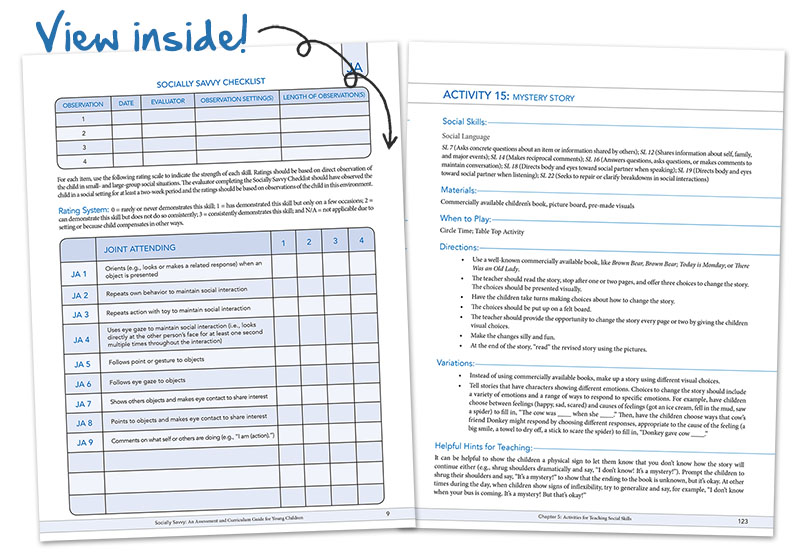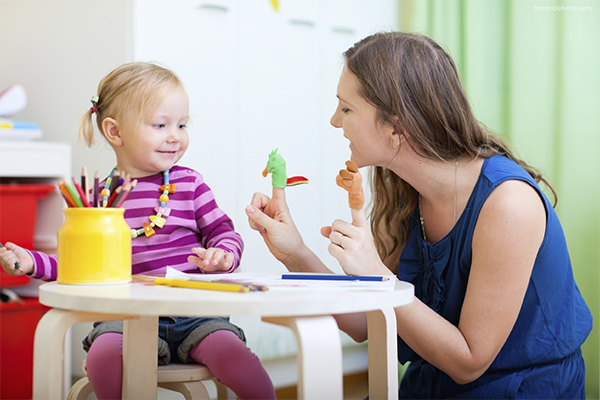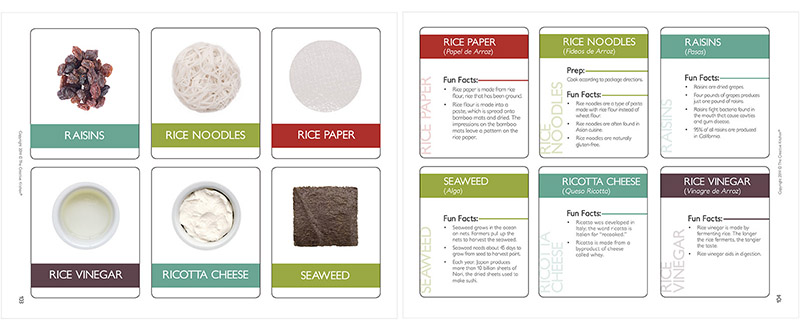Reinforcers are a key element in any intervention program as they lay a foundation for motivating children to learn and acquire new skills and language. This week, we’re letting you take 15% off* on these great reinforcers we’ve just added to our catalog. Just apply our promo code REINFORCE at check out to redeem your savings on either or both of these reinforcers!
 Pop Toobs – Set of 6
Pop Toobs – Set of 6
The fun never ends with these snapping, popping toobs! Each toob flexes back and forth, expanding from 8″ to 30″ and can be stretched, bent, and connected together. This is a great toy for working on joint-attention, reciprocity, response to sounds, and working on action words, such as “push,” “pull,” “pop,” and “open.” The toobs provide tactile stimulation while developing fine motor skills and auditory feedback. Most of all, they’re just plain fun to play with! Colors vary.
 Ocean Wave Drum
Ocean Wave Drum
Hold the ocean in the palm of your hand! This attractive Ocean Wave Drum carries a special textured wave-like rim. Gently tilt the drum and watch the colorful beads dance as you listen to the soft, gentle sound of soothing ocean waves. This drum also makes a great tool for practicing vocabulary (e.g. “shake,” “hit,” “up,” “down”), joint-attention skills, and using multiple objects together in play. This sight and sound experience will provide endless fascination and fun!
Don’t forget – you can take 15% off* your order of either or both of these brand new reinforcers by using our promo code REINFORCE when you check out online or over the phone this week!
*Offer is valid until 11:59pm EST on February 17th, 2015. Not compatible with any other offers. Be sure there are no spaces or dashes in your code at check out!

 Valentine’s Day Bingo
Valentine’s Day Bingo

 Recently I was working with a family to toilet train their son Jonathan, a six-year-old with autism. (Names and identifying characteristics have been changed to protect confidentiality.) When he eliminated in the toilet, part of his reinforcement was getting to watch the water go down the toilet after flushing. At some point, he developed the behavior of putting his hands into the toilet water as it was flushing.
Recently I was working with a family to toilet train their son Jonathan, a six-year-old with autism. (Names and identifying characteristics have been changed to protect confidentiality.) When he eliminated in the toilet, part of his reinforcement was getting to watch the water go down the toilet after flushing. At some point, he developed the behavior of putting his hands into the toilet water as it was flushing.
 With the
With the 



 All of these mandates are essential to helping my students to progress, but they also serve to overlook my students’ strengths. There is little space on an IEP to focus on what my student is quite skilled at, or to detail a plan for encouraging those skills. The long-term implications of failing to nurture a student’s strengths range from increasing boredom and frustration in school to failing to prepare students for engaging careers.
All of these mandates are essential to helping my students to progress, but they also serve to overlook my students’ strengths. There is little space on an IEP to focus on what my student is quite skilled at, or to detail a plan for encouraging those skills. The long-term implications of failing to nurture a student’s strengths range from increasing boredom and frustration in school to failing to prepare students for engaging careers.



 The lids easily twist off and on, and the solid lids hold liquid securely inside. The tubes measure 12 inches in height and 2.5 inches in diameter. These Sensory Tubes will make your student’s reinforcement possibilities endless!
The lids easily twist off and on, and the solid lids hold liquid securely inside. The tubes measure 12 inches in height and 2.5 inches in diameter. These Sensory Tubes will make your student’s reinforcement possibilities endless!